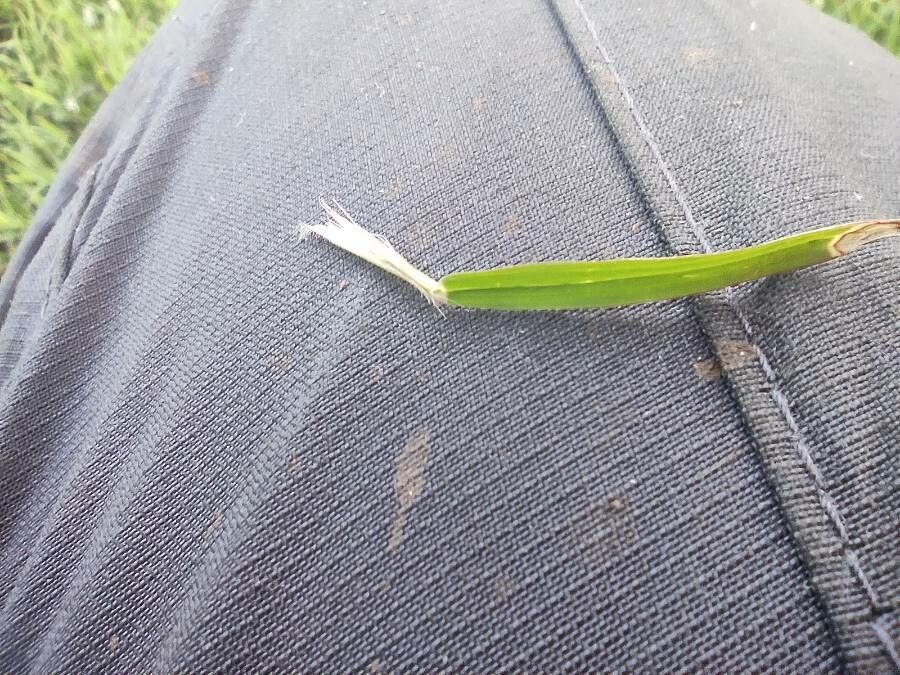Propagating Acroceras hubbardii: A Gardener’s Guide to a Challenging but Rewarding Task
Acroceras hubbardii, also known as Hubbarb’s finger grass or sometimes simply finger grass, is a perennial rhizomatous grass native to tropical and subtropical Africa. Its drought tolerance, adaptability to various soil types, and rapid growth make it a valuable forage plant in drier regions, and it’s gaining popularity among gardeners interested in low-maintenance, ecologically sound landscaping solutions. However, its propagation presents unique challenges. This article explores various methods, aiming to guide aspiring gardeners in successfully cultivating this intriguing plant.
Seed Germination:
Currently, there are no known reliable methods for seed germination propagation of Acroceras hubbardii. While the plant does produce seeds, their germination rate is extremely low, and success has not been consistently replicated. Further research is needed to determine optimal conditions, if such conditions even exist, for seed germination of this species.
Cuttings:
Cuttings present a more viable option than seed propagation. However, it is still not a straightforward method.
Challenges: Successfully rooting cuttings of Acroceras hubbardii requires meticulous attention to detail. The grass tends to rot easily if not provided with optimal moisture and aeration.
Practical Tips: Take semi-hardwood cuttings during the late spring or early summer. Use a sharp, clean blade to minimize damage. Dip the cuttings in rooting hormone powder to enhance rooting success. Plant cuttings in a well-draining mixture, such as perlite and peat moss, which ensures good aeration. Maintain high humidity using a propagation dome or plastic bag. Consistent, but not excessive, moisture is crucial.
Rewards: Using cuttings allows for the preservation of desirable traits present in the parent plant, giving you consistent results and a quicker establishment of new plants compared to the slow spread via rhizomes.
Division:
Division is arguably the most reliable method for propagating Acroceras hubbardii.
Challenges: The rhizomes of Acroceras hubbardii can be quite robust and difficult to separate without damaging them. Each division needs a substantial portion of rhizome and root system to ensure survival.
Practical Tips: The best time for division is during the spring or early summer, when the plant is actively growing. Carefully dig up the parent plant, ensuring you preserve as much of the root system as possible. Divide the rhizomes into sections, ensuring each section has healthy roots and several actively growing shoots. Replant the divisions immediately in well-prepared soil, ensuring adequate spacing between each.
Rewards: Division offers a high success rate and allows for a rapid increase in the number of plants. It is relatively straightforward and requires less specialized equipment than tissue culture.
Tissue Culture:
Tissue culture offers the potential for large-scale propagation of Acroceras hubbardii, producing numerous genetically identical plants.
Challenges: Tissue culture requires specialized equipment, a sterile environment, and a thorough understanding of plant tissue culture techniques. Establishing a suitable growth medium and hormone balance for optimal shoot proliferation and rooting is critical. It requires significant expertise and investment.
Practical Tips: Consult with a professional plant tissue culture laboratory for assistance with establishing a protocol for Acroceras hubbardii. Sterilization techniques are crucial to prevent fungal or bacterial contamination. Optimal temperature and light conditions are vital for successful growth.
Rewards: Tissue culture allows for the rapid multiplication of elite genotypes, eliminating the risks associated with other propagation methods. It enables the production of disease-free seedlings and offers potential for genetic improvement.
Conclusion:
Propagating Acroceras hubbardii presents unique challenges and rewards. While seed propagation is currently unreliable, cuttings, division, and tissue culture offer viable pathways, each with its own set of complexities and benefits. Division presents the most accessible and reliable method for most gardeners. However, the satisfaction of nurturing these plants from relatively small beginnings, whether through cuttings, division, or the more specialized tissue culture, makes the effort worthwhile. The unique character of this tough, adaptable grass, and the successful cultivation of more plants, provide a sense of accomplishment that few other plants can offer. If you are patient and persistent, the rewards of a thriving Acroceras hubbardii will undoubtedly be well worth the effort.


